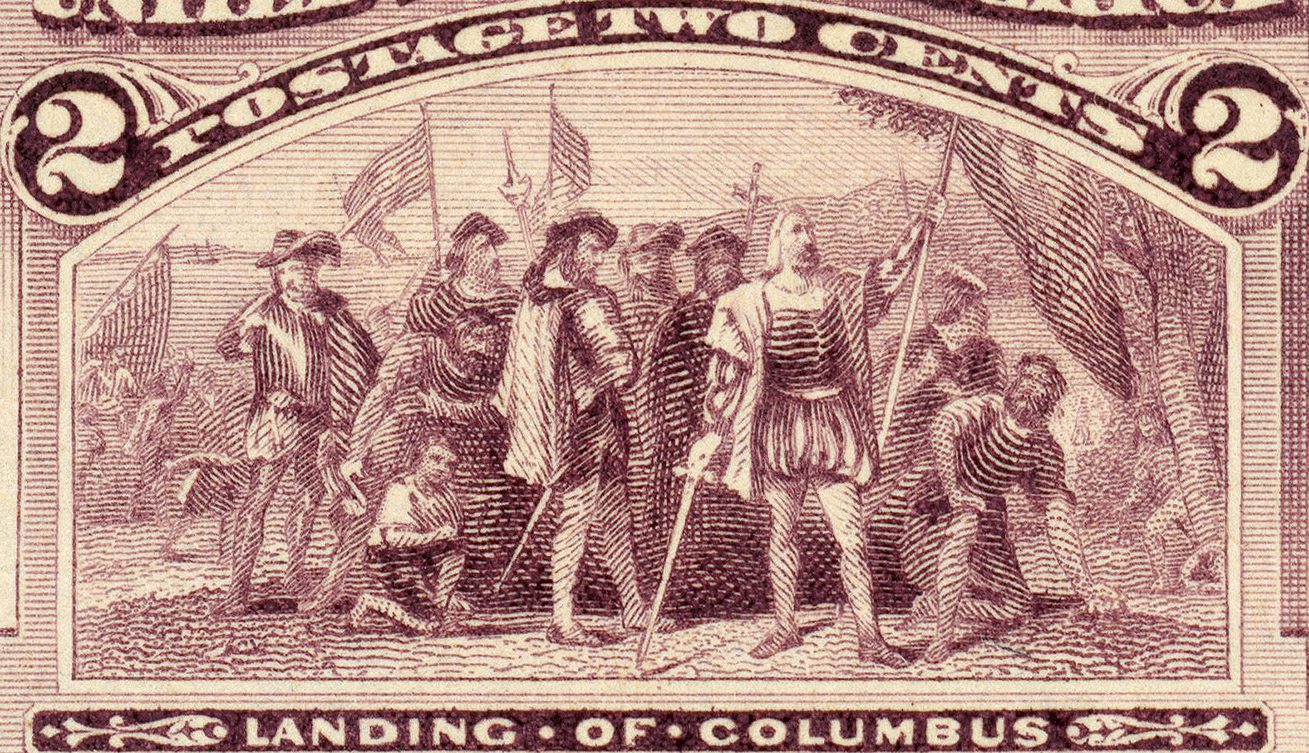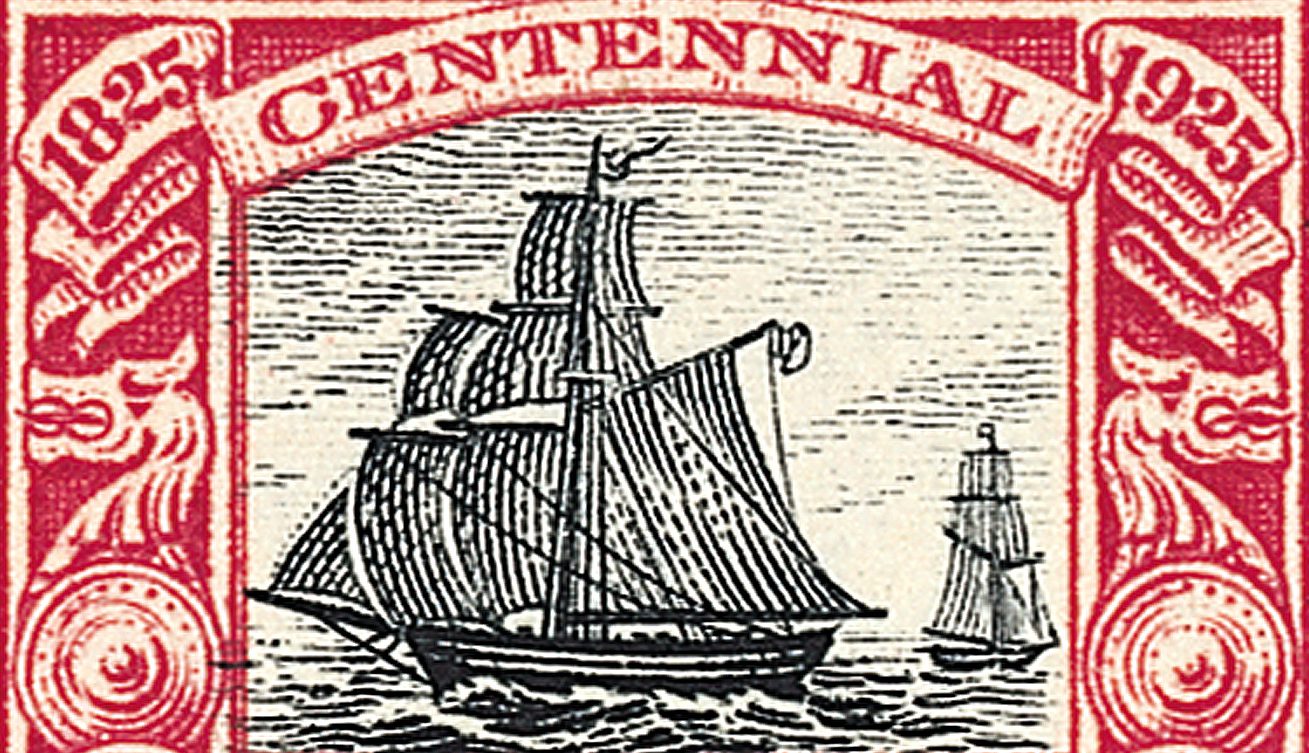Did an 11-Year-Old Girl Convince Lincoln To Grow A Beard?
On October 15, 1860, 11-year-old Grace Bedell wrote a letter to Republican presidential nominee Abraham Lincoln. She suggested he grow a beard – which he did shortly after!

On October 15, 1860, 11-year-old Grace Bedell wrote a letter to Republican presidential nominee Abraham Lincoln. She suggested he grow a beard – which he did shortly after!

Dr. William Boyd Allison Davis, born on October 14, 1902, in Washington, DC, was a scholar who devoted his life to breaking down the barriers of race, class, and inequality in education. At a time when few African Americans were given a platform in the nation’s top universities, Davis used his voice and intellect to challenge the systems that defined how—and for whom—education worked in America. His pioneering research changed the way educators and policymakers viewed learning, fairness, and opportunity.

On October 13, 1987, the US Navy sent five bottlenose dolphins to the Persian Gulf to help with two important tasks: detecting underwater mines and guarding against enemy divers who might try to sabotage ships or naval installations. These dolphins were part of the Navy’s Marine Mammal Program (NMMP), which had been developing for decades. The deployment marked one of the first times dolphins were used in a combat—or near-combat—environment in the Gulf, during the Iran-Iraq War.

After more than two months at sea, Christopher Columbus reached what he believed was the edge of East Asia on October 12, 1492. In reality, he had arrived in the islands of the Caribbean, but at the time he thought he had discovered a new route to the riches of India and China. The voyage marked the beginning of sustained European exploration and colonization in the Americas, changing the course of world history.

On October 11, 1968, NASA launched Apollo 7, the first crewed mission of the Apollo program. The success of Apollo 7 would prove to be a crucial turning point, restoring faith in NASA’s ability to send humans safely to the Moon.

On October 10, 1934, eager stamp collectors crowded the mezzanine of Omaha’s Hotel Fontenelle, waiting in line for the chance to buy a brand-new souvenir sheet featuring the majestic granite cliffs of Yosemite National Park. Released to commemorate the Trans-Mississippi Philatelic Exposition, the sheets sold out in less than an hour, leaving many empty-handed but cementing the issue’s place in stamp-collecting history.

On October 9, 1825, the small sloop Restauration arrived in the United States, marking what is often considered the first organized emigration from Norway to America. This voyage represented not just a physical journey across the Atlantic, but the beginning of a long and significant chapter in the history of Norwegian-American immigration.

On October 8, 1871, a devastating wildfire swept through northeastern Wisconsin, destroying entire towns and claiming an estimated 1,500 to 2,500 lives. Known as the Peshtigo Fire, it remains the deadliest wildfire in US history, yet it is often overshadowed by the Great Chicago Fire, which began the very same night.

On October 7, 1963, President John F. Kennedy signed the Partial Nuclear Test Ban Treaty with the Soviet Union and United Kingdom. Though it didn’t ban nuclear weapons entirely, the treaty forbid testing in the atmosphere, in space, and underwater.